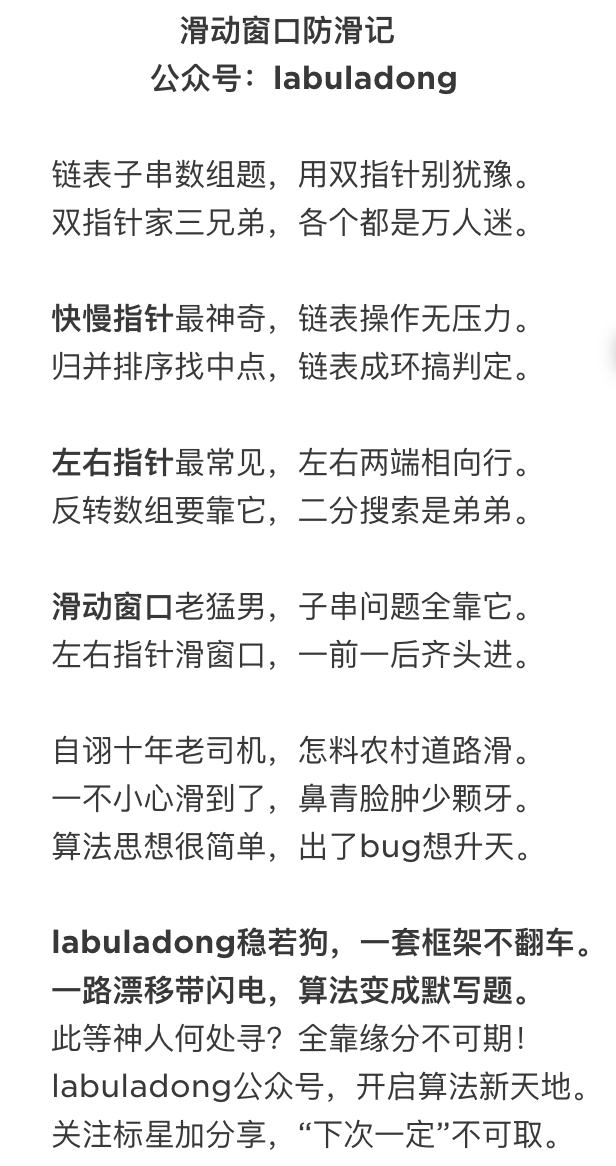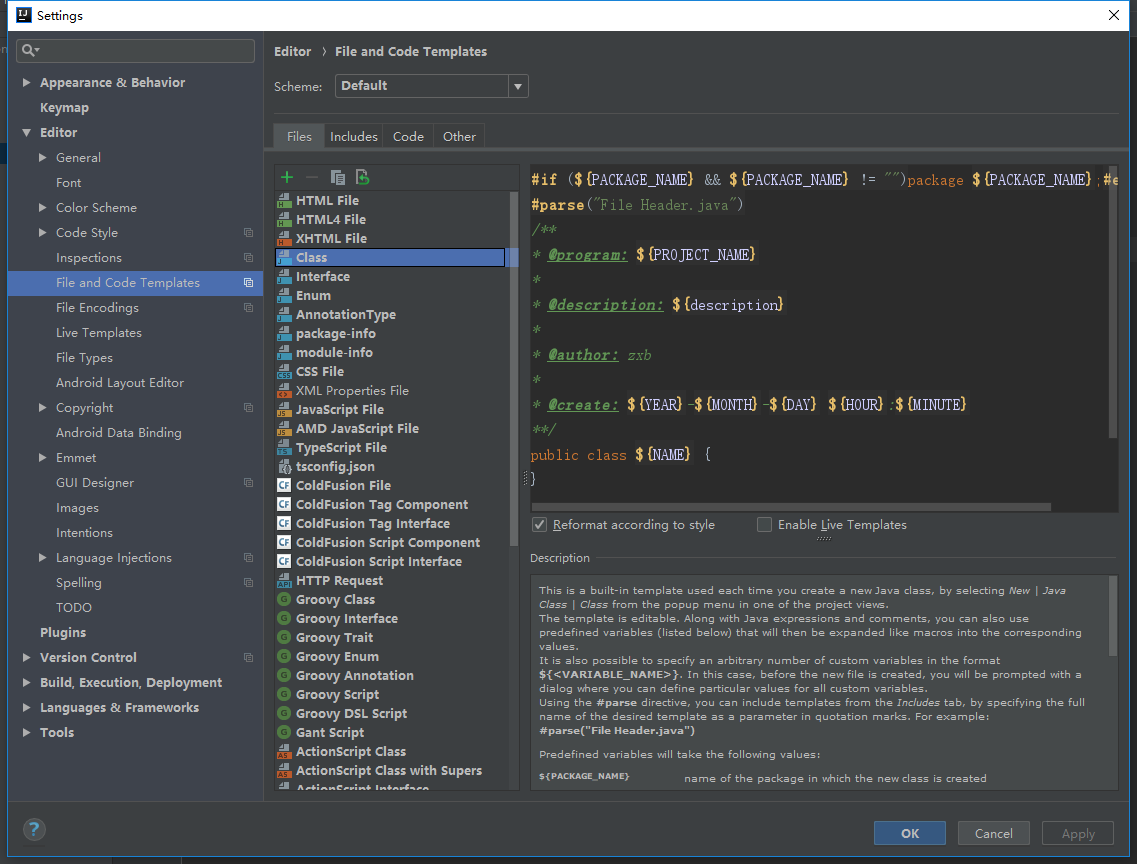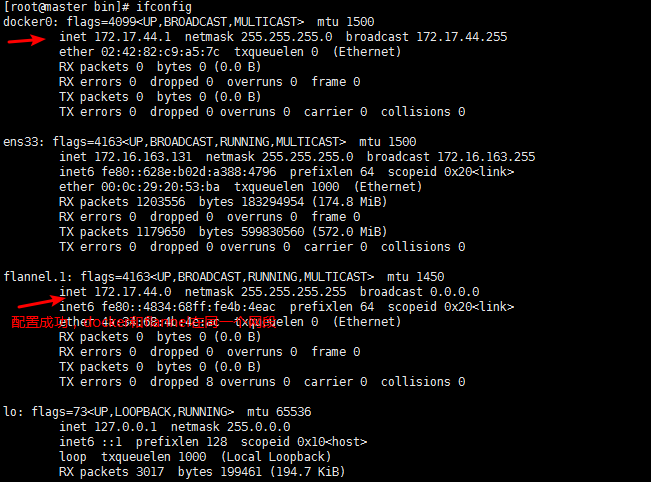The Wikipedia page (as of today 2013-02-27) for the Open-Closed Principle says that it's realized via inheritance.
The name Open/Closed Principle has been used in two ways. Both ways use inheritance to resolve the apparent dilemma, but the goals, techniques, and results are different.
The "two ways" refers to Meyer's implementation inheritance and the more common Polymorphic extensions.
Anyway, my question is about the Façade pattern, which does not use inheritance. Since it defines an abstraction in the form of a simplified interface to a more complex sub-system (or library), can't this be seen also as the Open-Closed Principle? More specifically:
The sub-system (or library) is open for extension to a client that uses the Façade, whose interface is closed to modification.
Or am I just stretching the boundaries of information hiding (which is very close to OCP, especially if you consider it as Protected Variations).






